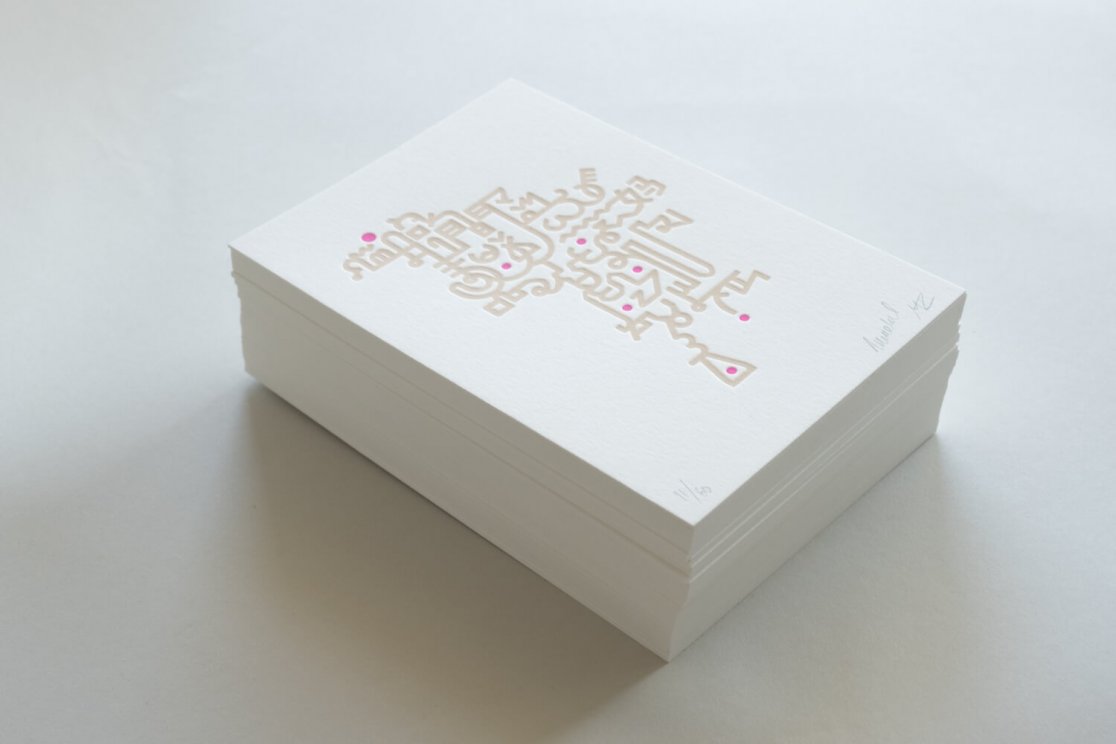River of Language
Language is fluid and flowing like water. The word for water in Japanese is mizu. In Hindi, it’s paani. In Swahili, they call it maji. Although these words convey the same sentiment, linguistically they are very different. But there is one word, the only one, which unites most languages phonetically, and that word is “Ma”.
Russian linguist Roman Jakobson explains that the easiest vocalizations for a human to make are open-mouth vowel sounds. Babies can make vowel sounds from day one. They summon their energy to push out that new consonant sound “mmmm” and then relax into an open mouth vowel, usually “ah” — which is the easiest. Hence, we get the universal sound “Ma”, describing the entity who gave us the most cherished love in our most vulnerable state. Almost every language recognizes a form of it. While it’s true that most languages vary when it comes to the formal word mother, the intimate sound ‘Ma’ stays the same.
The sound/letter M (Ma) has a strong connection to both water (river) and mother tongue (language). The letter M is derived from the ancient Phoenician ‘Mem’, which most likely originates from a “Proto-Sinaitic” (Bronze Age) adoption of the Egyptian hieroglyphic symbol for water.
The final artwork combines and integrates the letter ‘M’ from different languages/scripts across South Asia, Canada and other parts of the world. The design is an abstract pictographic mark, which represents the River of Language (Indian Summer Festival’s theme for 2020). It is an amalgamation of the various scripts flowing together into a maze like structure.
Made in collaboration with Mustaali Raj.



